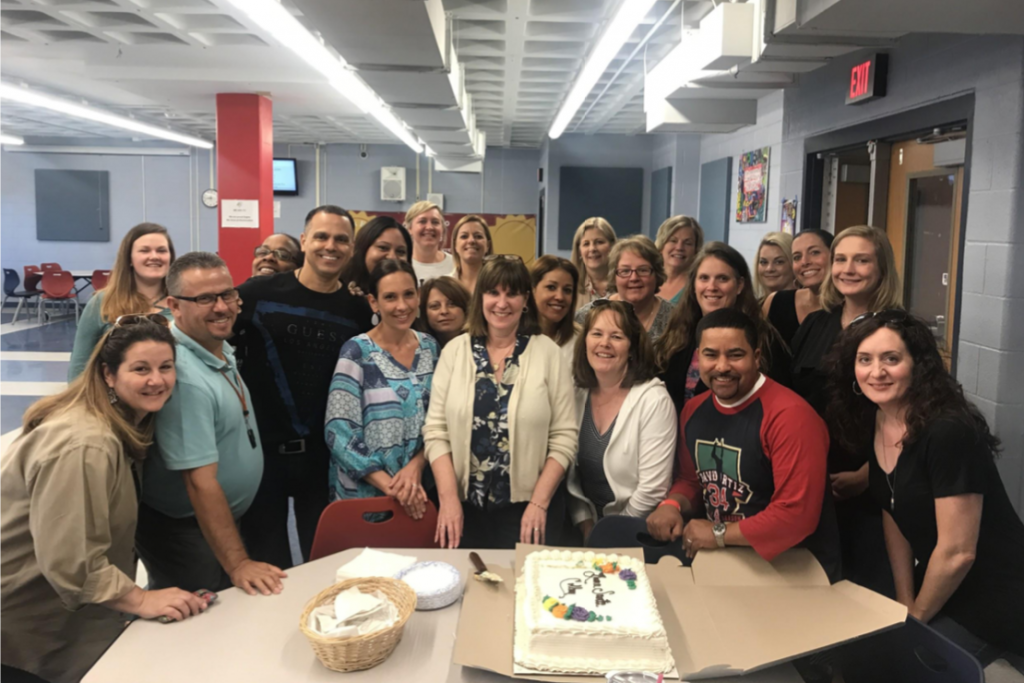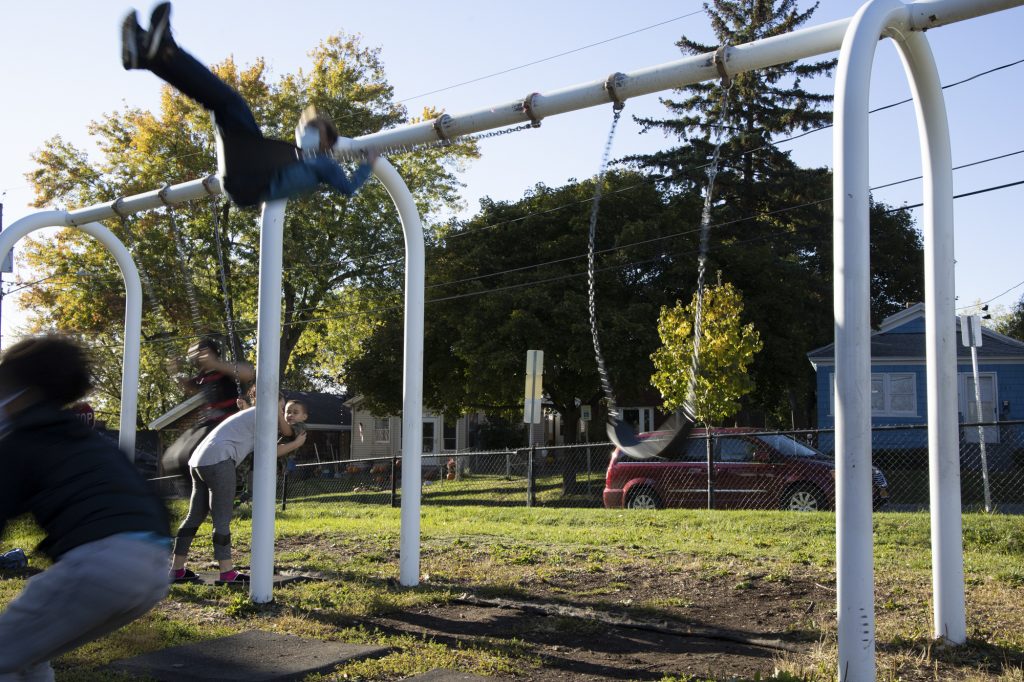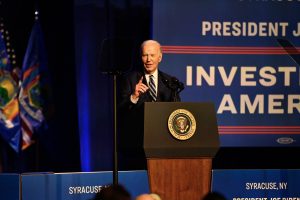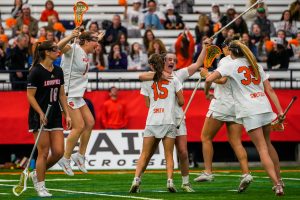Graduation rate of ENL students in Syracuse City School District increases by 20%
Graduation rate of ENL students in SCSD increases by 20%

At the beginning of the year, the New York State Department of Education released data that revealed graduation rates in the Syracuse City School District hit an all-time high of 70.7%. While higher graduation rates are a victory for all students in the district, it is the English language learners who saw the most dramatic improvement, with graduation rates increasing by 20% in the past year alone. According to members of the Syracuse City School District’s ENL, World Languages, and Bilingual Education department, there are various components responsible for this victory.
Jacqueline LeRoy, director of the ENL department, said that a primary reason is more family involvement. The department works directly with community-based organizations, such as Interfaith Works and Catholic Charities, and with the families.
“We do a lot of regular meetings with them and we also provide a lot of workshops both for our community partners and then for the parents,” LeRoy said. “Our parents go there regularly either to get adult ESL classes, to have support with employment, or if they have questions or concerns. We have interpreters and nationality workers who come with us. So we built this collaboration between our partners, and we’ve been finding ways to engage our families.”
Another way teachers keep parents involved is through the use of a platform called Talking Points, which allows teachers to communicate with parents using their cell phones. The platform translates individual and group text messages in a wide variety of languages (there are currently 84 languages spoken in the district) so that the families can have access to information.
“It’s a great tool to keep parents in the loop about what’s going on,” said Meredith Green, an ENL instructional coach. “Especially during the pandemic, it keeps them involved.”
Green works primarily with the high schools and was an ENL teacher at the high school level prior to becoming a coach. Now, she supports high school teachers with professional development.
According to ENL department director, LeRoy, these professional learning sessions provide the understanding and the know-how to create a rigorous, grade-level, standards-based curriculum for an ENL student.
“We’ve had a tremendous amount of teachers participate in these sessions over the past few years,” she said.
Lyda Ragonese, assistant director of the department, explained a blueprint that the New York State Department of Education truly believes in, that says all teachers are teachers of English language learners.
“In the past,” she said, “it was always the thought that the ENL teacher was the one responsible. But the true belief is that we all—whether it’s the physical education teacher, the art teacher, the principal—are responsible for educating these students.”
Ragonese believes that this philosophy began to surface during the pandemic.
“Everyone was reaching out to the families, making sure the students were okay,” she said. “That teamwork and that collaborative effort was always there, but more was needed during the pandemic.”
Ragonese came to the United States as a refugee, herself when she was very young, so she understands the struggles many of the ENL students face. A lot of these students have struggled with the Regents exam, which was waived this past year due to the pandemic.
“If they’re not passing these tests, they have to take them again and again,” she said. “You just hope that you’ll pass them all and you’ll graduate before you turn 21.”
Additionally, New York State has a Seal of Biliteracy for students who achieve a certain level of proficiency in more than one language, Green explained. To encourage students to apply for it, faculty members created a program called Steps to the Seal.
“The program Steps to the Seal allows students to practice their heritage language,” Green said. “The goal is to eventually, as they move up in the grade levels, to apply for and earn the Seal of Biliteracy.
At many high schools in New York State, students receiving the Seal are typically world language students taking classes such as Spanish, French and German.
“Syracuse is the opposite,” Ragonese said. “Many of our recipients are current or former English language learners, more than our typical world language students.”
So even though languages such as Somali might not be offered as a course, with the support of the district, students are still able to be recognized for the languages that they know themselves.
“That’s what’s so unique about Syracuse,” Ragonese said. “We’re very diverse, and we welcome it all. We’re very proud of the students that we have.”
Striving for Excellence
For already stressed families, the pandemic intensifies a need to address educational inequities and help Syracuse’s youth succeed in school. Learn more about Syracuse’s inequalities in our special project, Deconstructing the Divide






